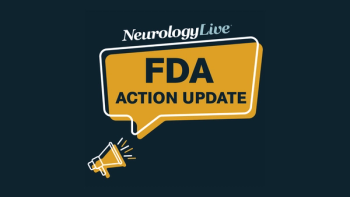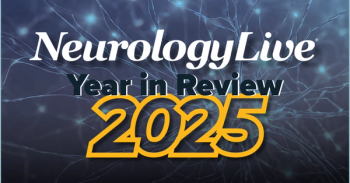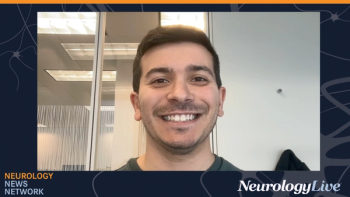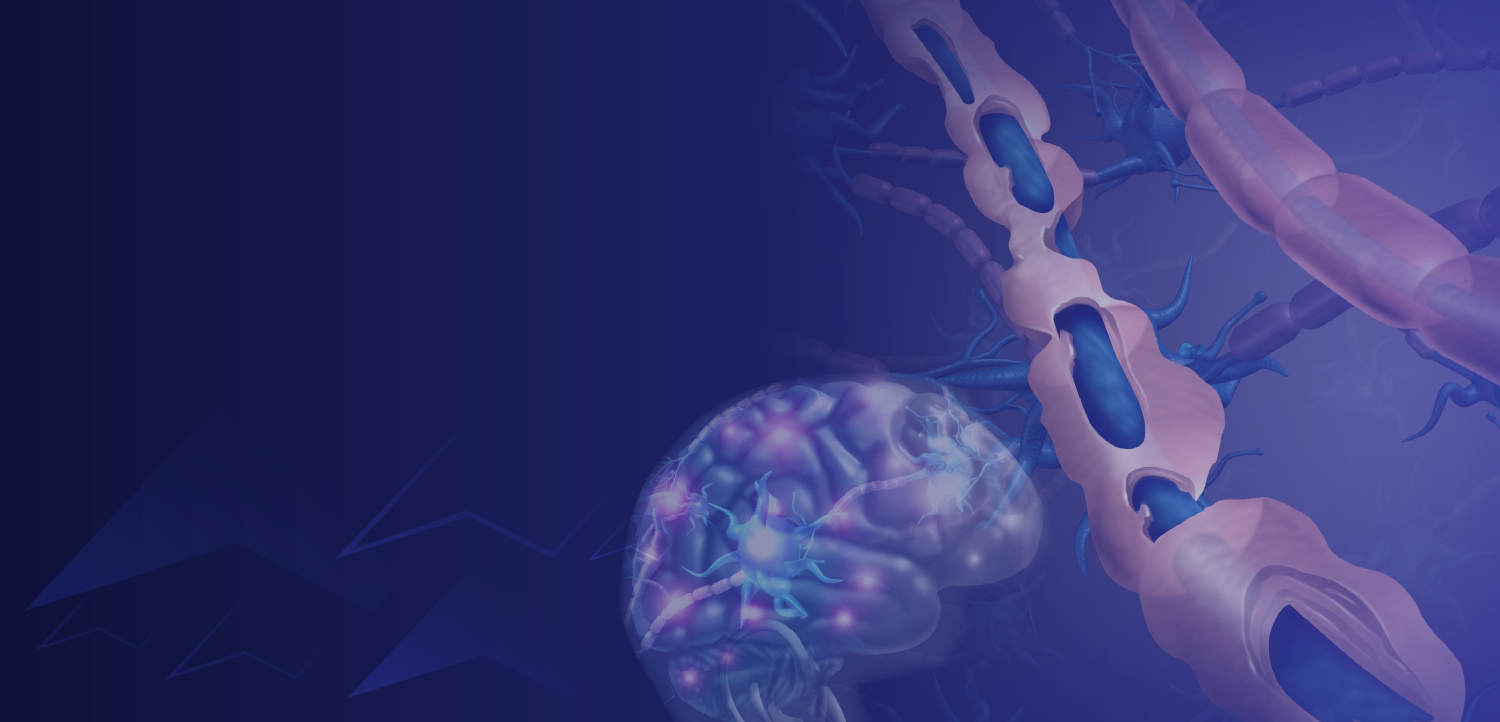
|Slideshows|July 13, 2015
Technology in Stroke Rehabilitation
Author(s)Mark L. Fuerst
Learn about virtual reality systems and a functional therapy approach designed to promote quicker stroke recovery.
Advertisement
High-tech training devices and sophisticated therapies now allow stroke patients to recover more quickly. Virtual reality can assist arm rehabilitation in some stroke patients. A type of physical therapy, proprioceptive neuromuscular facilitation, can significantly improve muscle strength in young stroke patients. Motor imagery training using a brain-computer interface may support hand and arm motor rehabilitation after stroke during hospitalization.
Newsletter
Keep your finger on the pulse of neurology—subscribe to NeurologyLive for expert interviews, new data, and breakthrough treatment updates.
Advertisement
Latest CME
Advertisement
Advertisement
Trending on NeurologyLive - Clinical Neurology News and Neurology Expert Insights
1
A Clinical Review of the 2025 Neuromyelitis Optica Spectrum Disorder Guidelines
2
FDA Action Update, December 2025: Acceptance, Approval, and Clearance
3
FDA Approves Generic Glatiramer Acetate Injection for Multiple Sclerosis Treatment
4
AI Model Distinguishes EDSS Subgroup Patterns in Multiple Sclerosis, Study Shows
5



























